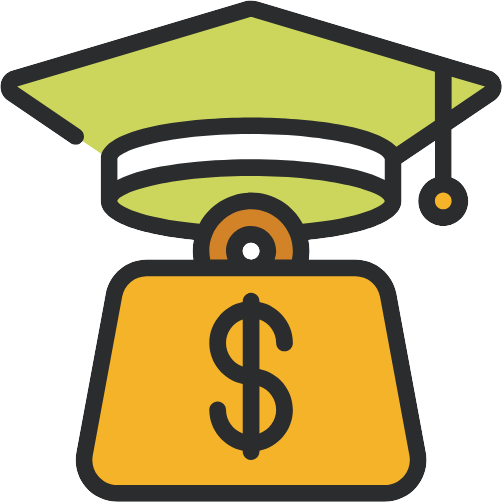
While many people turn to loans to fulfill their needs and deal with their financial issues, borrowing money can cause more significant problems. The key to deciding whether to apply for a loan is to consider several factors such as its purpose and your financial situation.
Why do you need money? How do you plan to pay it off? Based on your current situation, will you be able to settle your debt in time? It’s crucial to ponder these questions to know whether you’re making the right decision.

The Difference Between a Good and a Bad Loan
Good debt benefits you by increasing your net worth or improving the quality of your life. On the other hand, bad debt is a loan used to make a purchase that depreciates.
GOOD DEBT: Opening Opportunities
Debt can be considered good if its purpose is to enhance certain aspects of your life.
1
Educational Loan

2
Business Loan

3
House Loan

BAD DEBT: Getting Nothing In Return
Borrowing money to fulfill your wants that do not appreciate in value and spend beyond your financial capability is considered a bad debt. It does not contribute to your well-being; instead, it could create even more stress.
Clothes, Gadgets, and Consumables: Clothes are a necessity, but there should be a limit to how much you spend on them. The same goes for gadgets, which depreciate in value the moment you use them. Using a credit card to go on a shopping spree, eat out at fancy restaurants, or splurge on parties even if your monthly income cannot cover them is a rabbit hole. The high credit card interest rates could bury you in debt before you know it, so only make such purchases if you have extra cash or if you’re confident that you can settle your bills on time.

Loans could either be a lifesaver or a disaster in the making. It’s up to you to spot the bad from the good. Just remember only to get loans that won’t force you to spend more than 35% of your monthly salary to pay them off, and always ask yourself, “what would I gain from this?”


